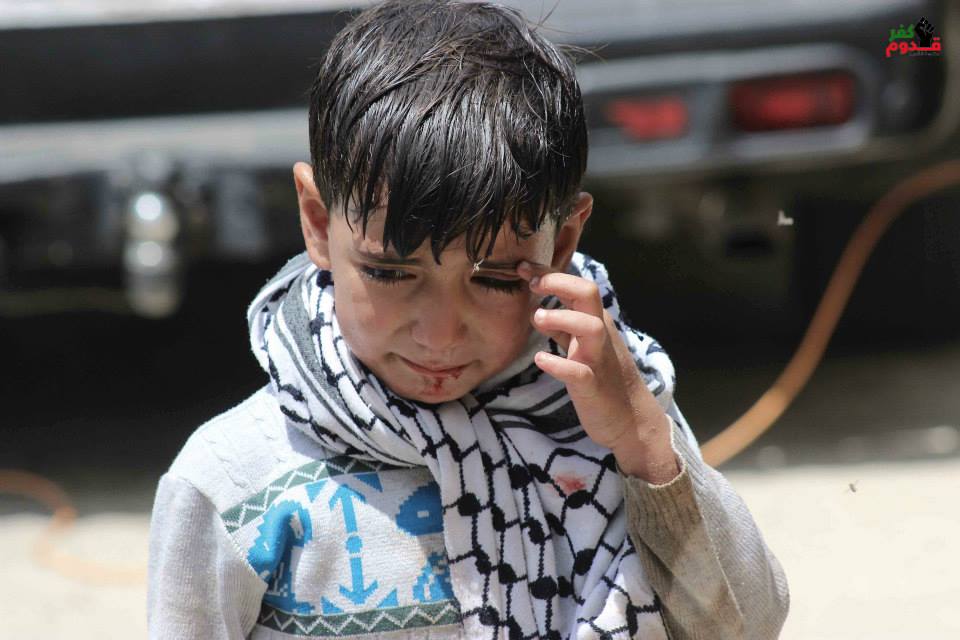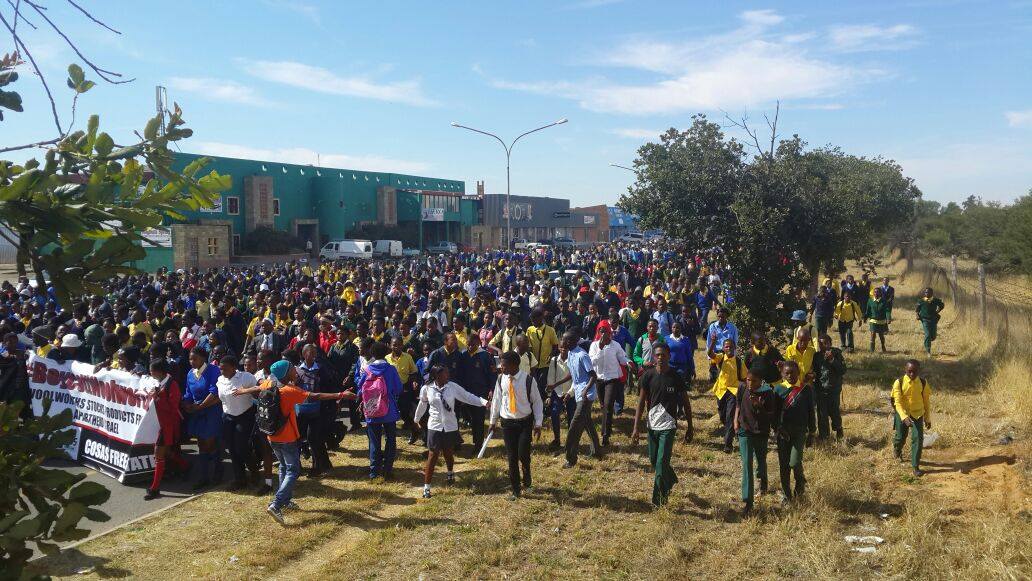Tag: Al Nakba
-
Hundreds of unarmed demonstrators confront live fire at Kafr Qaddum on Nakba Day
15th May 2015 | International Solidarity Movement, Huwarra Team | Kafr Qaddum, Occupied Palestine Today (15th of May), during the Nakba day demonstration in Kafr Qaddum, four young men were shot with live ammunition in their legs. One of the men got a serious bone fracture. Apart from the live ammunition being shot from all directions, Israeli forces…
-
South African students protest against Woolworths
15th May 2015 | Congress of South African Students | Welkom (Free State), South Africa On Nakba Day more than 10 000 South African School Learners March Against Woolworths over Israel Trade. More than 10 000 South African school learners protested earlier today against Woolworths Stores over its Israeli trade. The #BoycottWoolworths protest was led by the Congress…
-
Photo story: Palestinians protest the deaths of two martyrs
17th May 2014 | International Solidarity Movement | Ofer, Occupied Palestine On the 16th May, Palestinians protest on the road to Ofer prison, following the murder of two Palestinian youths on the same road on the previous day during the Nakba Day protest. The youths, 22-year-old Muhammad Audah Abu al-Thahir and 17-year-old Nadim Siyam Nuwarah, were…



